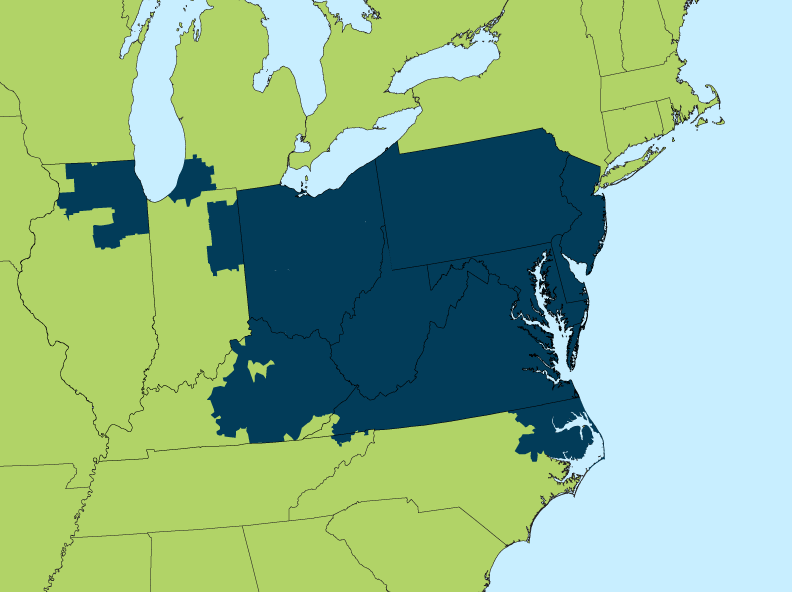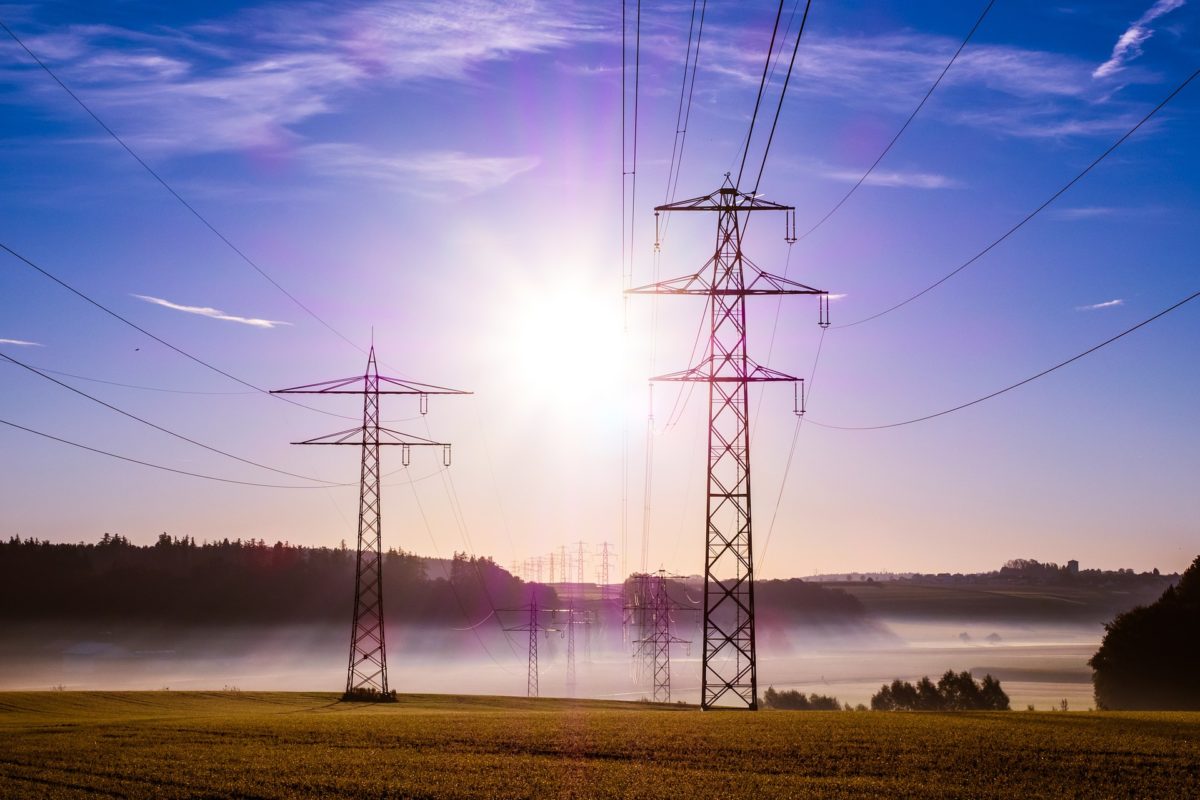PJM Interconnection, the largest electrical grid operator in the US is proposing a two-year pause on reviewing interconnection requests for its eastern US regional transmission network, as the operator looks to work through its more than 1,200 energy project backlog, with most of these projects being solar.
For newly-proposed projects the wait could be much, much longer.
The proposal is outlined in PJM’s Interconnection Process Reform Task Force (IPRTF) Update, which was presented on January 24. According to PJM, the increased economic viability of solar energy projects, rapidly-scaling corporate interest in investing in solar, state-level energy policies, and the Biden administration’s continued commitment of expanding the resource have all contributed to a massive influx of new project interconnection requests, and a queue that grows considerably by the day.
As outlined by the Interstate Renewable Energy Council’s Gwen Brown and Sky Stanfield in a recent op-ed in pv magazine USA, literally every grid-connected project must go through the interconnection process, a process which is not designed to deliver timely results, nor handle a backlog of such magnitude. Most current interconnection policies handle each request on a project-by-project basis, and were developed prior to the popularization of rooftop solar and other distributed energy resources (DER).
And while time can be spent identifying specific shortcomings and necessary improvements of current interconnection standards, the reality of the situation is that PJM’s proposal threatens to stall or lead to the cancellation of thousands of projects, leave developers in dire financial straits, and damage the efficacy of state and federal commitments to transitioning this country to a renewably-powered grid.
3/6 To achieve President Biden's goal of 80% clean by 2030 and 100% by 2035, we have to install roughly 100 GW/year of clean energy. We simply cannot afford to have such a lengthy delay for the country's largest grid operator if there's any chance of meeting this goal. Period.
— Robbie Orvis (@robbieorvis) February 2, 2022
In terms of a real-life outlook, PJM released an outline of pathways it could take to achieving 50% renewable energy across its grid by 2035, a far cry from the Biden Administration’s call to achieve 100% carbon-fee electricity by the same year.
Part of PJM’s issue is the historic operation of the wholesale electricity market that it operates, in a region that spans from parts of Illinois, Michigan, and Indiana, to the mid-Atlantic, as far north as New Jersey and as far south as parts of North Carolina. Within this operational area, renewable energy resources have not long been a major feature in the distribution mix, with wind, solar and hydropower plants making up roughly 6% of that mix.

As states in the market have moved to adopt more solar, specifically New Jersey, Illinois, and Virginia, PJM has had to reconsider how it operates, carefully monitoring how each project plays into overall system reliability, an expectedly slow process.
Quite simply, the system is growing at a pace it was not designed to, and no action to remedy that imbalance has yet been taken, leading to the breaking point the nonprofit finds itself at today.
The solution that PJM has proposed would scoot the most construction-ready projects — those with financing in place, off-takers secured, and hardware accounted for — to the front of the review queue, with the rest of the queue following in a descending order of how construction-ready or speculative they are deemed to be.
What has also been proposed is a plan to implement a two-year delay on about 1,250 projects currently waiting in the queue, while new projects would not be eligible for review until the fourth quarter of 2025 at the earliest, with final decisions on those coming as late as the end of 2027.
Of the proposal, PJM told pv magazine that those within the company and its stakeholders worked intensively to reach consensus on reforms that they believe will speed the interconnection process for development projects and enhance cost transparency, among other improvements.
“These changes are critical for PJM to help states achieve their decarbonization goals, enable the grid of the future, and establish a more efficient process to handle the unprecedented influx of generation interconnection requests,” a representative told pv magazine.
“With 95% of the 225 gigawatts of generation projects in our planning queue being renewables, this proposal will greatly speed up the influx of renewables onto the grid and has received overwhelming support in our stakeholder process including from many renewable developers. PJM’s transition proposal would better prioritize projects that are most ready for construction, and streamline and speed up the process.”
In their ongoing contributions to pv magazine USA Stanfield and Brown intricately outline the policies that have brought about this interconnection overload, as well as steps that should be taken to immediately alleviate the pressure on interconnection queues across the country (it’s not just PJM). You can read the most recent contribution and find links to the rest of the series here.
***
Edit 2/4/22: This article was updated to include statements from PJM and to correct an inaccuracy in the lead. We apologize for the error.
This content is protected by copyright and may not be reused. If you want to cooperate with us and would like to reuse some of our content, please contact: editors@pv-magazine.com.









One more reason to install battery storage with solar. With battery storage, the array can feed the grid at night when non-storage facilities cannot. The problem is peak production is not spread out over 24 hours but only for about 4 to 6 hours in the middle of the day. Existing power lines cannot handle that massive amount for that 4-to-6-hour period then drop off for the other 18 to 20 hours and be a viable, profitable system.
Way to go, PJM. Archaic, entrenched interests can delay a large amount of solar development for a significant time, thereby continuing their monopoly and profits as long as possible. After delaying for two years, I’m sure they’ll have thought up more good tactics to throw more sand in the gears for solar development. I hope batteries, solar panels, and inverter prices keep falling, as these utilities continue to raise their rates, so that a significant number of customers can eventually go fully off-grid. Maybe that will bring utilities to the bargaining table when they see their monopolies collapsing.